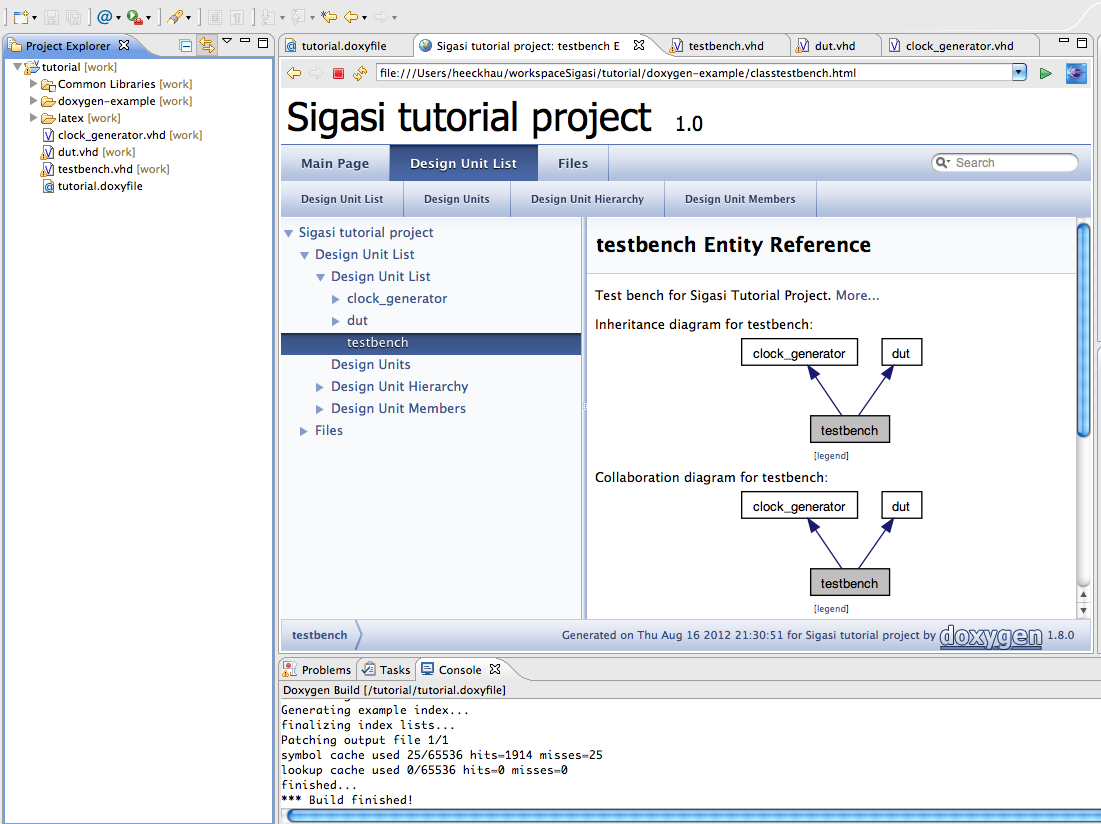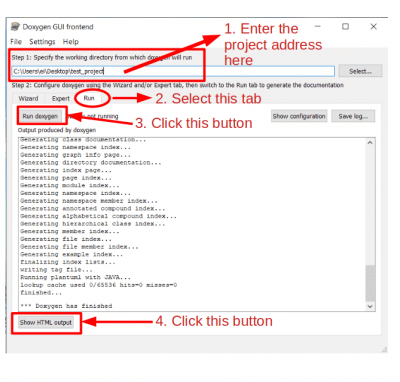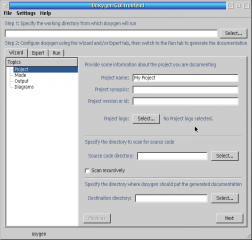
* it displays a suitable error message and terminates the program.Īll files must have file comments, and must include command, otherwise global entities - functions, typedefs, enums, macros and variables will not be documented, even though Doxygen compatible comments are used.įunctions can be documented at their declaration (i.e. If any error is encountered during execution

* This program processes the command line arguments and stores them in the * Process arguments and main application controller If the file defines the main(), then it is also helpful to include details like - program usage, warnings/special instructions for someone building the program, a summary of the most important data structures or algorithms, references if any, and finally any other miscellaneous notes. File comments include details like licensing and copyright if any, author information, the purpose of the file, known bugs, change log etc. Documenting filesĪll files must have file comments. IMPORTANT - in your Doxyfile configuration ALWAYS set JAVADOC_BANNER = NO, such that Doxygen will interpret these boxed comments as comments and ignore them.
#DOXYGEN LAYOUT SOFTWARE#
* Software Foundation either version 3, or (at your option) any later *
#DOXYGEN LAYOUT LICENSE#
* the terms of the GNU General Public License as published by the Free * * GCC is free software you can redistribute it and/or modify it under * * Copyright (C) 1988-2021 Free Software Foundation, Inc. The templates use the Qt style - /*! as the preferred style for generating C/C++ documentation using Doxygen.

#DOXYGEN LAYOUT CODE#
This is a collection of templates to generate documentation for C source code using Doxygen. Step III - run doxygen to parse the source code and generate documentation in html and LaTeX formats.Step II - create a configuration file by running doxygen -g, which generates a config file (default - Doxyfile).Step I - annotate source code with special comments or special comment blocks.Working with Doxygen basically involves these three steps: It offers a practical solution to the problem of generating and maintaining source code documentation.Since the documentation is extracted directly from the source, it is much easier to keep the documentation in sync with the source code.visualize relationships between between various elements by means of include dependency graphs, inheritance diagrams, collaboration diagrams etc.ĭoxygen - the executable doxygen is the main program that parses the sources and generates documentationĭoxywizard - is a graphical front-end for editing the configuration file which is used by doxygen and for running doxygen in a graphical environment.quickly extract code structure from undocumented source files, which is useful for navigating large code bases.LaTeX, man pages) from a set of documented source files

#DOXYGEN LAYOUT MANUAL#


 0 kommentar(er)
0 kommentar(er)
